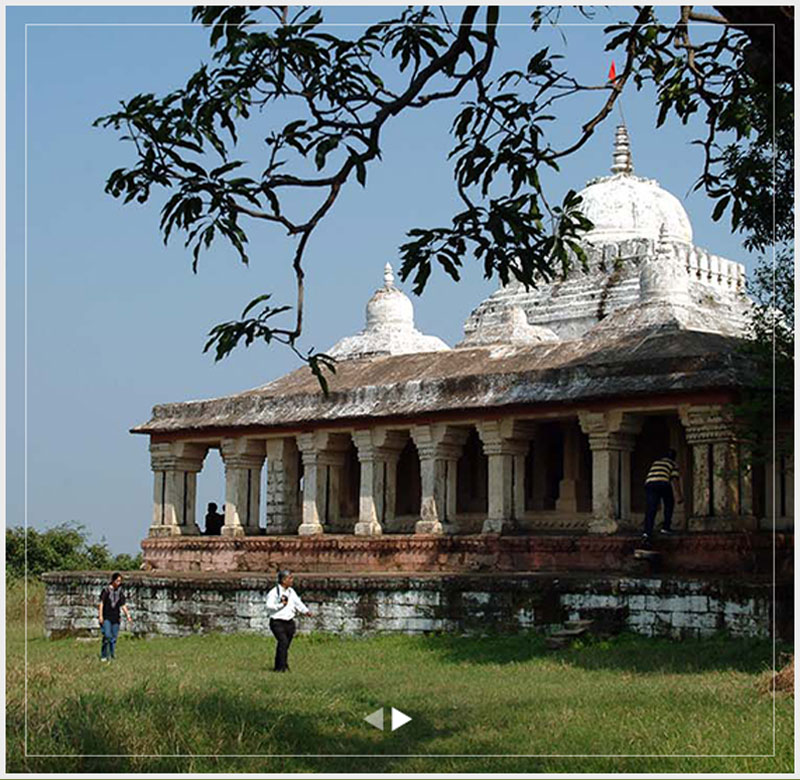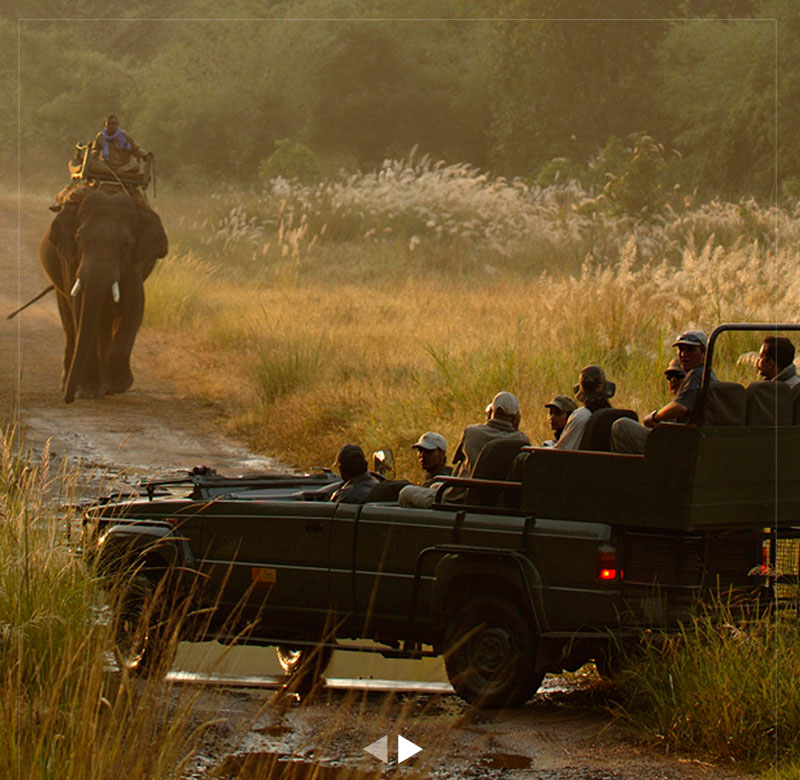In a far-flung corner of the subcontinent, where North East India meets Myanmar, lies an impenetrable tropical rainforest. Namdapha constitutes a large portion of the Eastern Himalayan Biodiversity Hotspot. Rugged and beautiful, shrouded in mist, the park spans a wide range of altitude, even as rivers cut their way through the wilderness. This is where some of India’s most magnificent species can be found. A deep and dense forest, where orchids grow wild, tigers and snow leopards roam free, and Hoolock Gibbons and Red Pandas habituate — a vast treasure trove of untold biodiversity.

Namdapha is located in Changlang District in Arunachal Pradesh, on the border of India and Myanmar.

Topography: Namdapha is known among botanists worldwide for having the northernmost evergreen rainforest at 27 degrees north. It is particularly famous for its Dipterocarp rainforest, which form a part of the Manipur-Mizoram-Kachin ecosystem in the north east of the Indian subcontinent.
Namdapha’s topography is particularly unique, thanks to its high elevations. Tropical rainforest gives way to Alpine Meadows and perennial snow at higher levels. Bamboo thickets in the lowlands lead up to Montane forests at higher altitudes, and this unusual biogeography is what makes it an ideal breeding ground for such a diverse range of species.
In Season: 01 November – 30 April
Namdapha is a natural habitat for several extremely rare species including the Snow Leopard, the Clouded Leopard and the Royal Bengal Tiger.
The endangered Red Panda also makes it home in these forests, as do Hoolock Gibbons, which are India’s only ape species.
Namdapha is a Lepidopterists delight as it is home to many exotic species of butterflies.
Namdapha is the only forest in India – and indeed the world – that is home to four distinct big cats – the Tiger, the Leopard, the Snow Leopard and the Clouded Leopard. What makes it particularly interesting to Tiger conservationists is that the park lies in a border zone between the Bengal Tiger and the Indochinese Tiger range.
The park’s high altitudes and vast tracts of forest that run from evergreen to montane, allow for this unusually wide range of felines to cohabitate with one another in the wild. The Snow Leopard and the Clouded Leopard are particularly rare and this is one of the only places in the world left where you can see them in their true environment.
Besides the four large cats, Namdapha is home to quite a few other major predators, including several smaller felines. The Dhole (Indian Wild Dog), Asiatic Black Bear, and Indian Wolf, are found throughout the national park. Smaller predators include Civet Cats, Mongooses, and the endangered Red Panda.
Namdapha is a vast breeding ground for herbivores and its large area allows for several species – big and small – to coexist with one another. The Asiatic Elephant dominates in terms of size, but is closely followed by the Gaur (The Indian Bison). Wild boar, several species of deer, including the Musk Deer, the Takin, and many different varieties of primates, such as Macaques, Langurs, and Loris make their home here.
At last count, Namdapha numbered over 425 different species of birds – making it a bird lover’s dream come true. Over five different species of Hornbills can be found in these forests alone! Namdapha is full of different varieties of Babblers, Warblers and Thrushes. Rarer avians include the Amur Falcon, the White Winged Wood Duck, the Himalayan Wood Owl, and the White Tailed Fish Eagle, which are only a few among the many highly endangered birds that can be sighted within Namdapha’s wilderness.
Airport:
Railway stations:

Bird Watching Treks –

November and February – April
Namdapha’s altitude shifts from 200 meters at its lowest levels to 4500 meters at its highest points. The plains and lower valleys have a tropical climate and high humidity. However as you start to move higher, the climate becomes distinctly alpine and can get very cold especially in the winter months.
Namdapha Jungle Camp: what we love…a rustic and charming jungle eco-camp!
Deban Forest Rest House: what we love…it is situated within the periphery of the park, along the banks of the Noa-Dihing river.
Inner-line permits are required to visit this park, hence one has to plan a visit here much in advance and at the right time of the year.